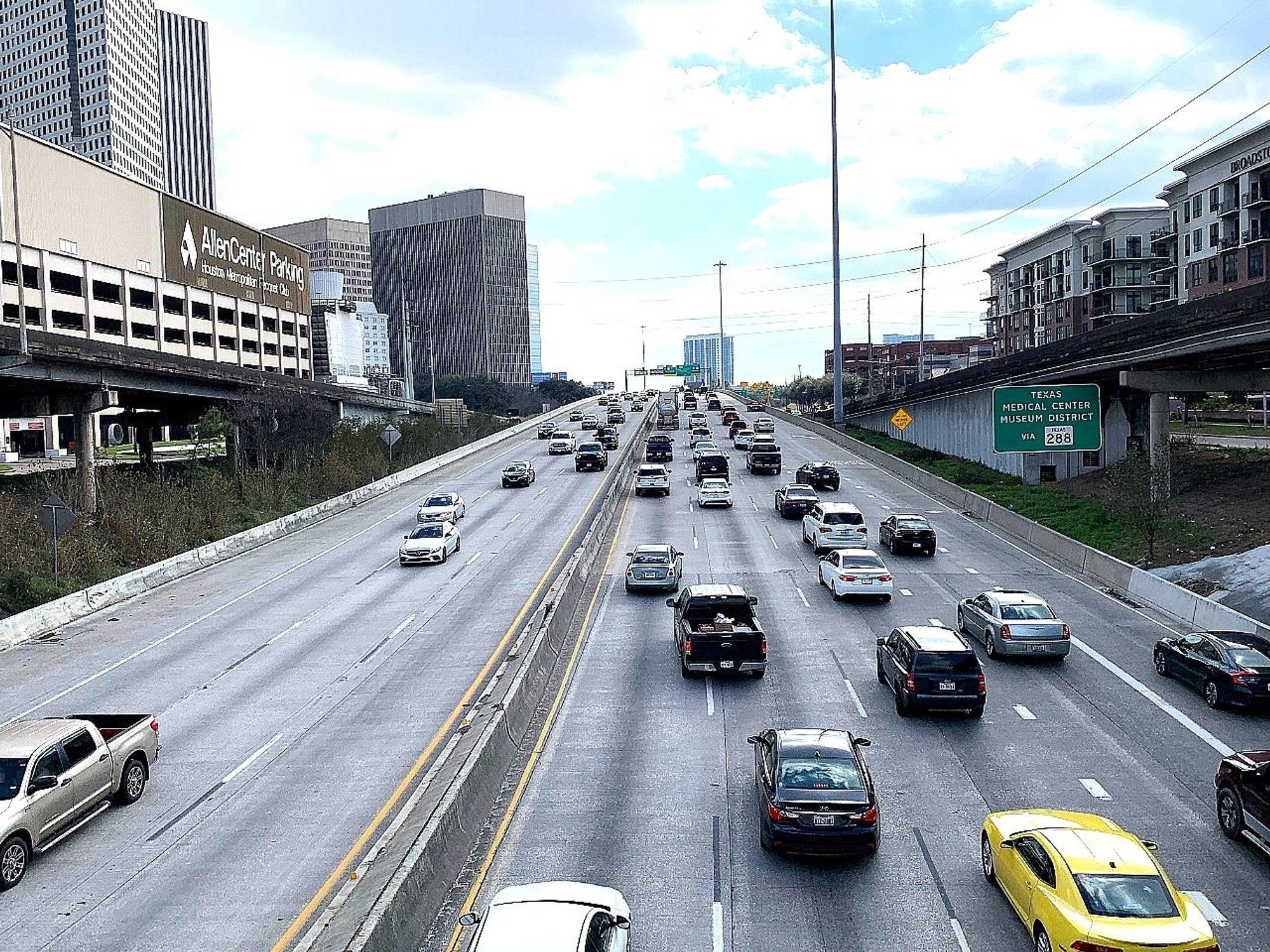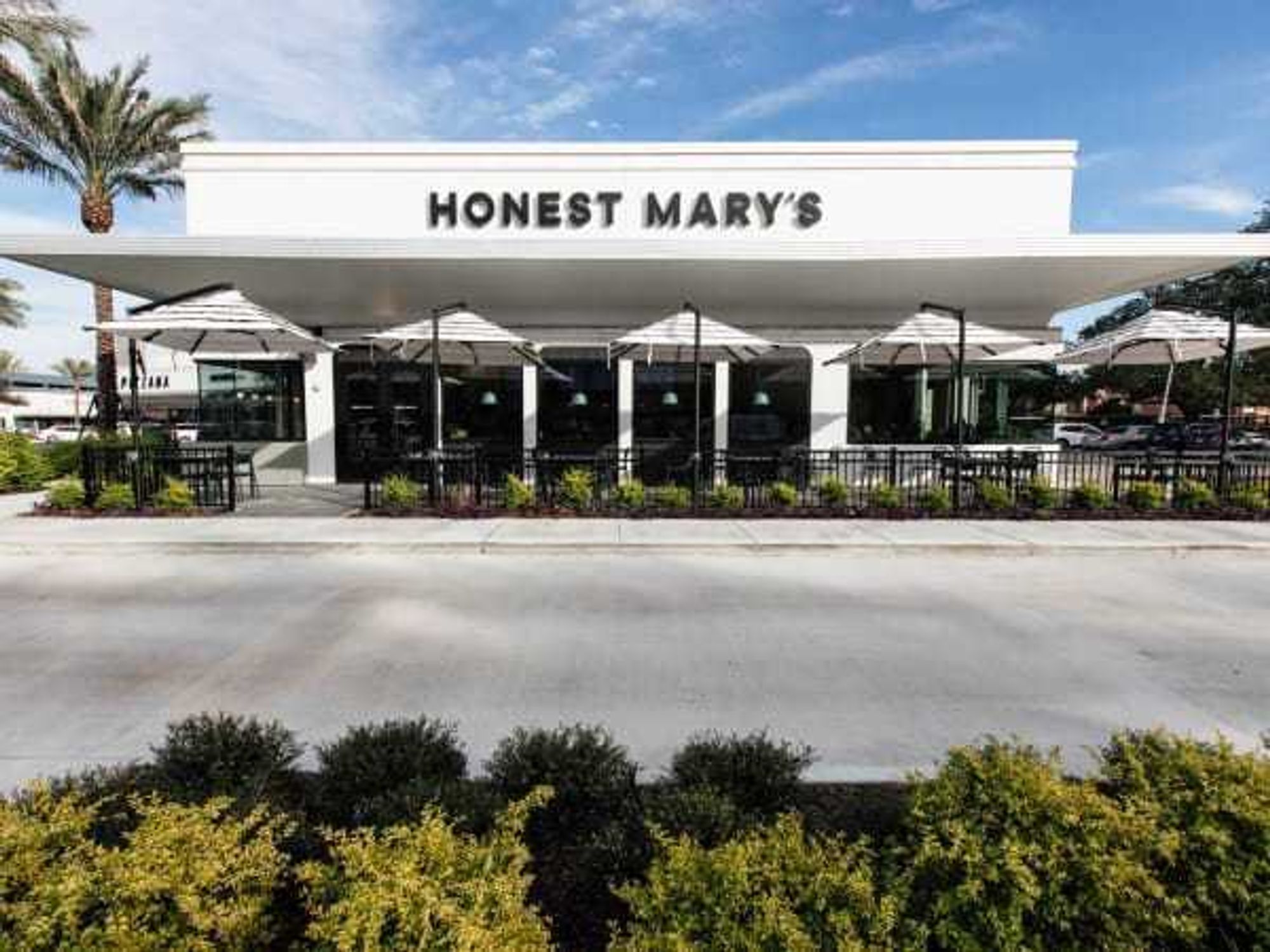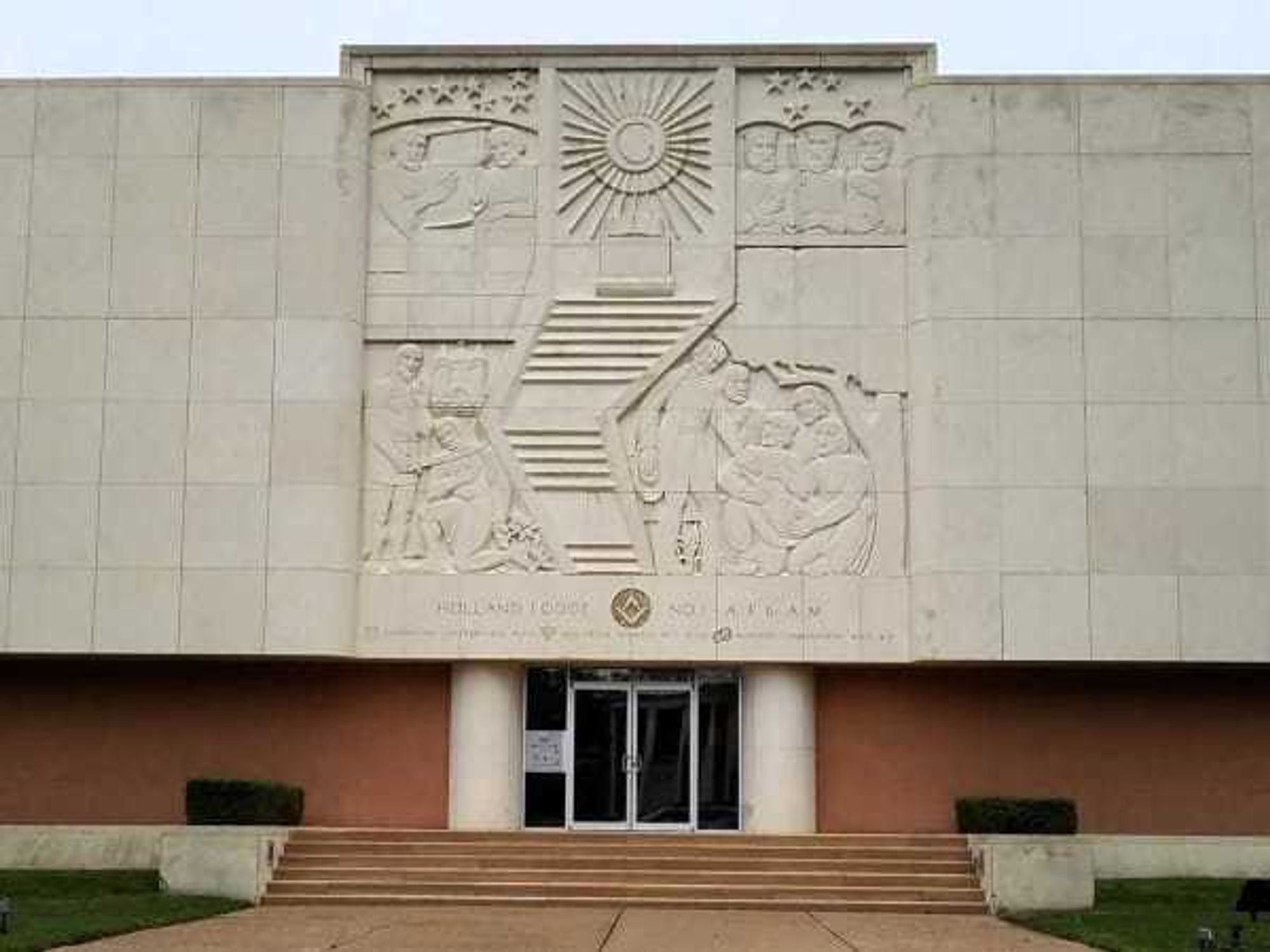Txdot revs up
Controversial $9B downtown highway project ready to roll after green light

The first — and technically, last — stage of TxDOT's plan is set to begin soon downtown.
The Texas Department of Transportation is revving up to begin construction of a hotly debated Houston highway project. TxDOT reps say the agency will soon begin construction for the $9 billion North Houston Highway Improvement Project (NHHIP).
This news comes after years of planning, studying, design and redesigns in effort to address public protests and even a county lawsuit.
A "super freeway" for downtown
As CultureMap reported in 2020, the NHHIP was originally pitched as "super-freeway" concept. Initial plans called for I-45 to merge with US-59 and send part of the freeway underground. The "super freeway was envisioned as I-45 running alongside I-10 on the north side of downtown.
Officially, now, the NHHIP project promises to "enhance safety, create additional roadway capacity to manage congestion, incentivize transit and promote ridesharing," per TxDOT.
Plans call for work on I-45 to Highway 59/I‑69 to Beltway 8 North, plus improvements along US 59/I‑69 between I‑45 and Spur 527, a boon to drivers heading to downtown destinations and surrounding areas. Divided into three segments, the project features Segment 1(Beltway 8 North to I-610); Segment 2 (I-610 to I-10); and Segment 3 (downtown Loop System, I-45, I-10, and US 59/I-69).
TxDOT's big highway plan
Here's a quick rundown of the NHHIP plans, per TxDOT:
- Addition of four non-tolled managed lanes, two lanes in each direction, 24/7 operations for carpool and transit on I-45 from Beltway 8 North to downtown Houston with improvements continuing south along US 59/I-69 to Spur 527
- Reconstruction of mainlanes and frontage roads
- Rerouting of I-45 in the downtown area to be parallel with I-10 on the north side of downtown and parallel with US 59/I-69 on the east side of downtown
- Access to the west side of downtown via downtown connectors which would provide access to and from various downtown streets
- Both I-10 and US 59/I-69 within the proposed project area would be realigned to eliminate the current roadway curvature.
- Addition of four I-10 express lanes between I-45 and US 59/I-69
- Reconstruction of the interchange at I-45 and I-610N to improve sight distances on direct connectors and replace outdated left lane exits where drivers expect right lane exits
- Connection of I-45 and I-610 frontage roads with new intersections in Segment 2 and add one frontage road lane in each direction in Segment 1
- Addition of shoulders that are full width
- Addition of bike/pedestrian features along frontage roads and affected cross streets
- Addition of trails parallel to bayous within the right of way
(Segment) 3 to make ready
Notably, TxDOT is jumping ahead to the final portion, which centers on downtown. "Our focus presently is on Segment 3, which will be the area that we move forward with first," Raquelle Lewis, TxDOT's southeast Texas communications director, told CultureMap news partner ABC13.
Why the jump in segments? TxDOT notes that Segment 3 of the project is fully funded and ready for construction, with a timeline in place. "We are looking at getting started with the first project in Segment 3 in 2024, and so we probably have anywhere from seven to 10 years before we see the Segment 3 elements completed," Lewis added.
Segment 3, however, is the portion receiving the bulk of the backlash and controversy, with major scrutiny on potential demolition of public housing, businesses, and churches. In 2020, Air Alliance Houston filed public petitions questioning the project's affect on air quality in the neighboring communities.
Then, in 2021, the Federal Highway Administration paused the project for two years in response to numerous civil rights concerns. Last December, as ABC13 reported, Houston city leaders and Harris County finally agreed to embrace the project — but only after TxDOT addressed the numerous public health, safety, and housing complaints.
Time will tell if more complaints and challenges will arise; in the meantime, TxDOT is partnering on a series of public meetings to share construction details and timelines with the public. Those interested should visit TxDOT's website for more details.

 The building at 4911 will be torn down for the new greenspace. Holland Lodge No. 1, A.F. & A.M./Facebook
The building at 4911 will be torn down for the new greenspace. Holland Lodge No. 1, A.F. & A.M./Facebook